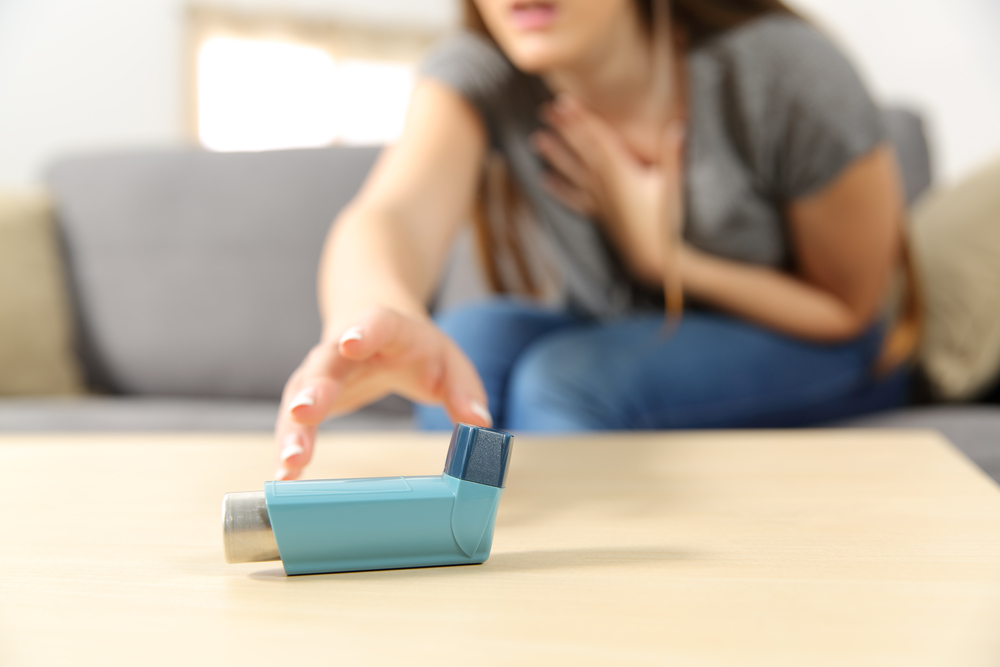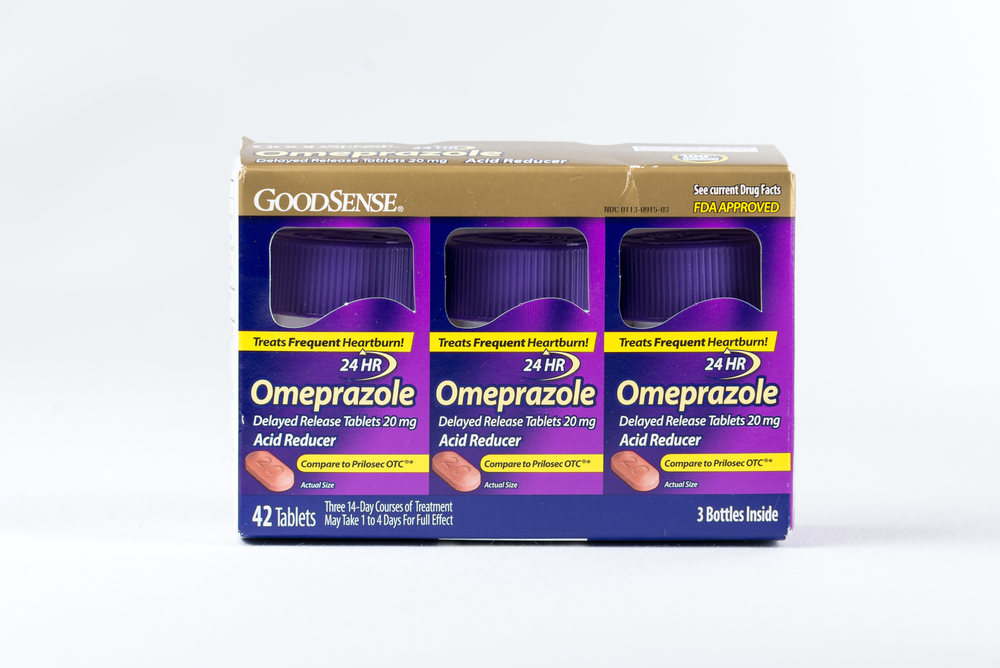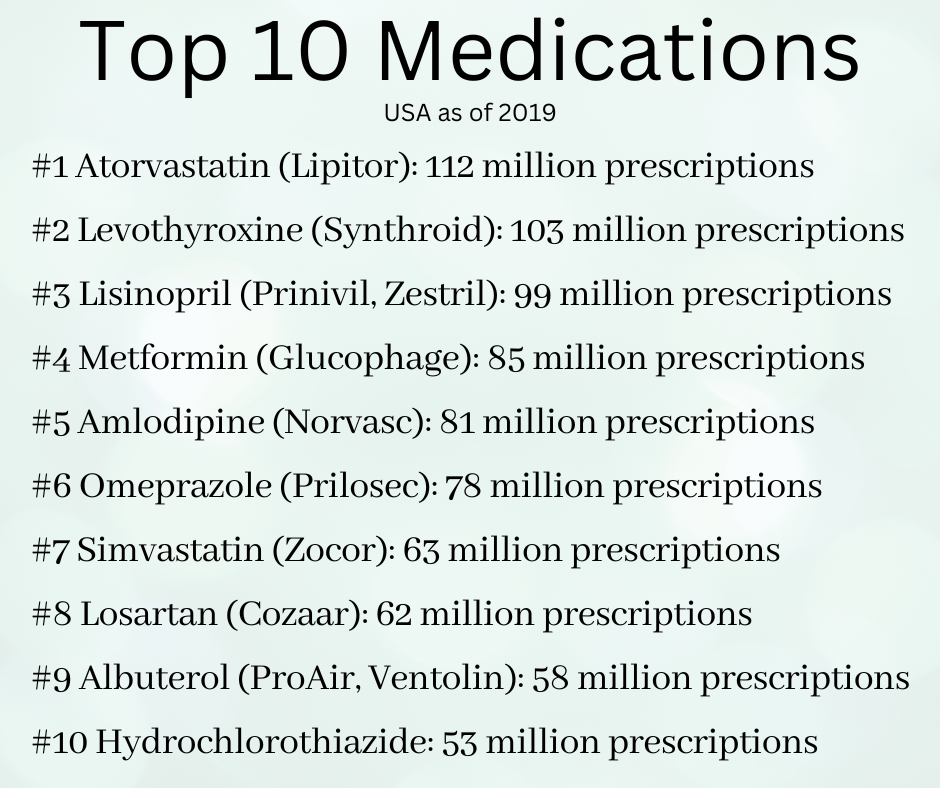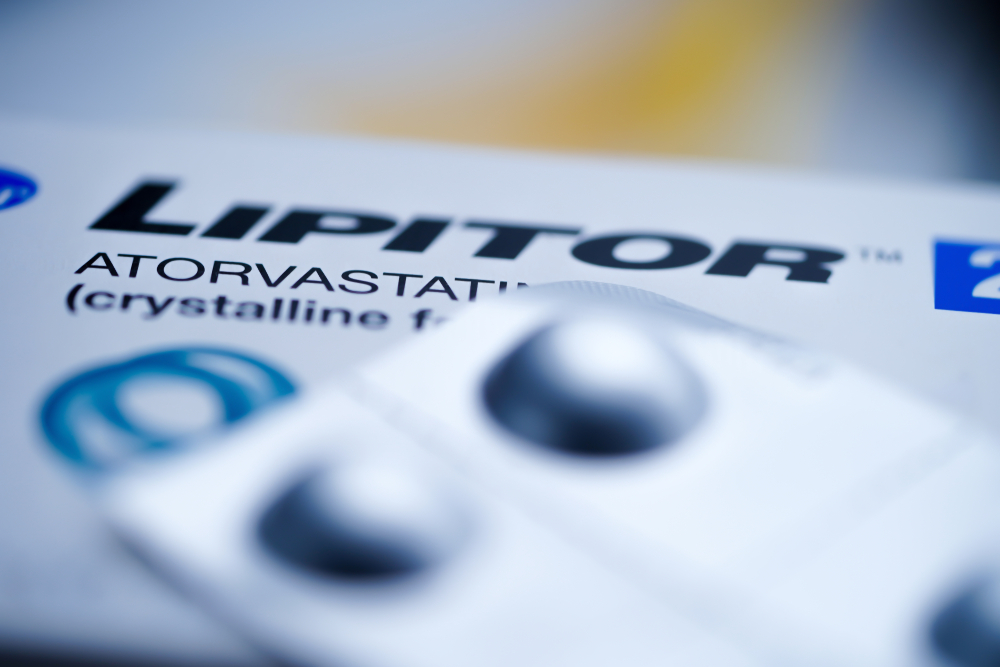What's On This Page?
ToggleToday, you’ll learn about the top ten medications that people require in the United States. It may surprise you.
Medication usage in America plays a vital role in managing and treating various health conditions, ranging from chronic illnesses such as hypertension and diabetes to acute conditions like infections and pain. The United States is one of the largest consumers of prescription medications worldwide, with millions of Americans relying on these drugs to maintain their health and well-being.
As the demand for pharmaceuticals continues to grow, it’s important to understand the most commonly prescribed medications and their impact on the population. Stay tuned as we delve into the world of prescription drugs and unveil a countdown of the top 10 medications prescribed in America.
We’ll explore the benefits, potential side effects, and the reasons behind the popularity of these essential pharmaceuticals, shedding light on the trends shaping the nation’s health landscape. I will list the black box warnings if applicable. Do you know what that is?
What is a Black Box Warning?
A “black box warning” is the most serious warning that the U.S. Food and Drug Administration (FDA) can place on a prescription drug. Also known as a “boxed warning,” it’s intended to basically alert both healthcare providers and people who take the medication to a potential (but severe) side effect or life-threatening risk associated with use.
The name “black box warning” comes from a little black line (a black border) surrounding the cautionary comments on the drug’s label. An example of a medication with a black box warning is the antidepressant fluoxetine (which you may know better as Prozac®). The black box warning for this DRUG states that it may increase the risk of suicidal thoughts and behavior in children, adolescents, and young adults (up to 24 years of age) being treated for major depressive disorder and other psychiatric conditions.
Just a comment here: It’s important to note that the increased risk of suicidal thoughts and behavior is not limited to fluoxetine but actually applies to almost all antidepressant medications!
The FDA issued the black box warning on this category of drugs to serve as a strong reminder for healthcare providers to closely monitor patients during the initial stages of treatment and to communicate the potential risks to patients and their families.
Now, don’t get me wrong, these medications may be truly life-changing for many people (not all). I’m not trying to scare anyone, just to explain what a black box warning is. As you can see from my Top 10 Countdown today, only one of the drugs has a black box warning. These cautions are crucial for doctors and patients to be aware of the risks and to keep a close eye on any changes in mood or behavior.
Here’s a countdown to the #1 most prescribed medication in America!
#10. Hydrochlorothiazide (Microzide®) – used to treat hypertension and edema
Best time of day to take: Morning to avoid nocturnal diuresis (excessive urination at night)
When to take: 12.5, 25, or 50 mg daily
Top 3 reported side effects: Dizziness, electrolyte imbalances (ie low potassium), and increased sensitivity to sunlight
Black box warnings: None

#9. Albuterol (ProAir®, Ventolin®) – used to treat asthma
Do you have asthma? If so, read my other article entitled, Breathe Easy: Understanding Prescribed Asthma Medications. And if you have a child with tonsillitis, you might be interested in how albuterol can help! Read this article entitled, Albuterol Helps Children Undergoing Tonsillectomies.
Best time of day to take: As needed for symptoms, up to every 4-6 hours
When to take: 1-2 puffs of an inhaler, or 2.5 to 5 mg via nebulizer
Top 3 reported side effects: Tremors, nervousness, and increased heart rate
Black box warnings: None
 #8. Losartan (Cozaar®) – used to treat hypertension
#8. Losartan (Cozaar®) – used to treat hypertension
Best time of day to take: Anytime, but be consistent each day
When to take: 25, 50, or 100 mg daily
Top 3 reported side effects: Dizziness, upper respiratory infection, and back pain
Black box warnings: None
#7. Simvastatin (Zocor®) – used to lower cholesterol is a top 10 medication
Best time of day to take: Evening
When to take: 5, 10, 20, 40, or 80 mg daily
Top 3 reported side effects: Headache, muscle pain, and gastrointestinal issues (ie constipation or diarrhea)
Black box warnings: None

#6. Omeprazole (Prilosec®) – used to treat gastroesophageal reflux disease (GERD)
Best time of day to take: Morning, before a meal
When to take: 10, 20, or 40 mg daily
Top 3 reported side effects: Headache, abdominal pain, and diarrhea
Black box warnings: None
#5. Amlodipine (Norvasc®) – used to treat hypertension and angina
Best time of day to take: Anytime, but be consistent each day
When to take: 2.5, 5, or 10 mg daily
Top 3 reported side effects: Swelling in the ankles or feet, dizziness, and flushing
Black box warnings: None
#4. Metformin (Glucophage®) – used to treat type 2 diabetes
Best time of day to take: With meals to minimize gastrointestinal side effects
When to take: 500 to 2000 mg daily, divided into 2-3 doses
Top 3 reported side effects: Gastrointestinal issues (ie nausea, diarrhea), metallic taste, and headache
Black box warnings: Lactic acidosis

#3. Lisinopril (Prinivil®, Zestril®) – used to treat hypertension and heart failure
Best time of day to take: Anytime, but be consistent each day
When to take: 5, 10, 20, or 40 mg daily
Top 3 reported side effects: Dizziness, headache, and dry cough
Black box warnings: None
#2. Levothyroxine (Synthroid®) – used to treat hypothyroidism
Do you take this medication or another kind of thyroid hormone? If so, read THIS ARTICLE entitled, Take Thyroid Medication? Don’t Do These 5 Things.
Best time of day to take: Morning, on an empty stomach, at least 30 minutes before breakfast
When to take: Varies based on individual needs, typically between 25 and 200 mcg daily
Top 3 reported side effects: Increased heart rate, weight loss, and heat intolerance
Black box warnings: None

#1. Atorvastatin (Lipitor® and in other countries Sortis® or Torvast®) – used to lower cholesterol
Best time of day to take: Evening
When to take: 10, 20, 40, or 80 mg daily
Top 3 reported side effects: Headache, muscle pain, and gastrointestinal issues (ie constipation or diarrhea)
Black box warnings: None
Personal suggestion: Take 100 – 200 mg of Ubiquinol supplementation each day, if you take a statin drug. This will help ease muscle-related side effects that occur from the drug mugging effect of statins.
Summary
As you can see, the top 10 medications are quite revealing. Also, I wonder if some of these have greater awareness due to being sold over-the-counter (omeprazole), or because they had television commercials airing for years. Either way, there you have it, the top 10 drugs in America.

Suzy Cohen, has been a licensed pharmacist for over 30 years and believes the best approach to chronic illness is a combination of natural medicine and conventional. She founded her own dietary supplement company specializing in custom-formulas, some of which have patents. With a special focus on functional medicine, thyroid health and drug nutrient depletion, Suzy is the author of several related books including Thyroid Healthy, Drug Muggers, Diabetes Without Drugs, and a nationally syndicated column.


